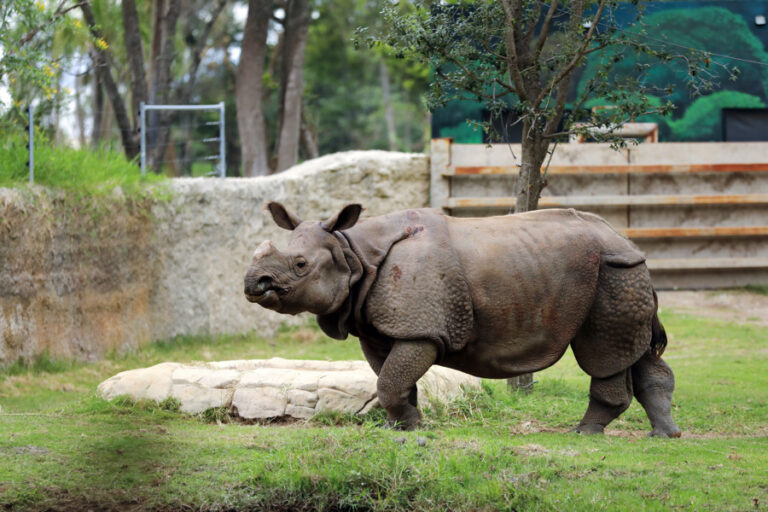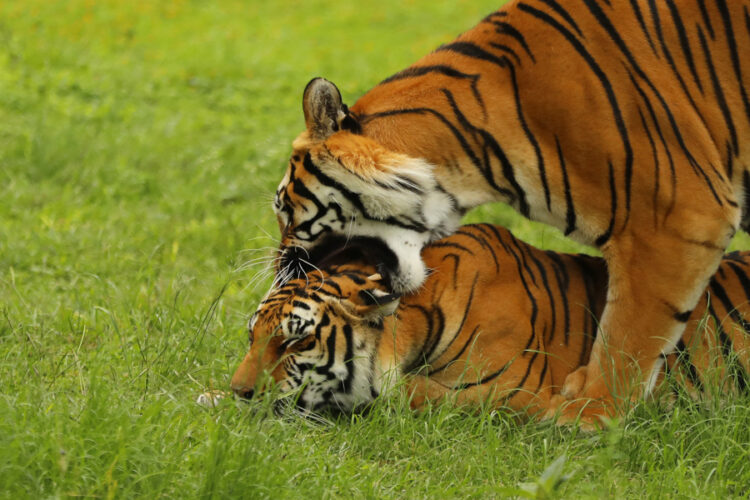
Guadalajara Zoo: a refuge for species in danger of extinction
Guadalajara, Mexico, (EFE).
The Guadalajara Zoo in western Mexico is a modern-day ‘Noah’s ark,’ providing a vital refuge for nearly 6,000 animals across more than 300 species, 85% are threatened or endangered.
“Over 300 species in the zoo, about 80- 85 % are at risk or in danger of extinction. That means that almost all the species that inhabit the zoo face threats in their natural habitat, dangers that put their survival at risk,” Luis Soto, director of the zoo, explained to EFE.

Rescued species in the zoo include Adelie penguins (affected by global warming), Mexican gray wolves and Indian rhinoceroses (threatened by poaching and habitat destruction), green macaws, and scorpion mud turtles (only 500 specimens remaining).
Most of the animals come from international rescue and conservation programs, thanks to joint efforts with conservation associations, zoos, and aquariums in Mexico, the United States, and Europe, as well as Mexican governmental institutions.

The exchange programs with other institutions allow specialists to maintain genetically viable and healthy populations, which ensure their reproduction, explained Soto.
“At the zoo we rehabilitate them, put them in good condition and look for the best destination for them, some will remain with us perhaps for the rest of their lives, for others we will collaborate with other organizations and institutions to return them to their natural habitat, once the conditions are right,” he explained.

Founded in 1988, the Guadalajara zoo has been recognized for its veterinary hospital, which offers advanced surgeries, tomographies, digital X-rays, endoscopy, and a clinical laboratory that can treat a wide range of animals, explained its coordinator, David Espinoza.
“We have specialists in multiple areas and also equipment to attend to all species. We have just received an award from the Association of Zoos of the United States as one of the most equipped veterinary hospitals, which places us in a privileged position, but this is mainly to give attention to the animals,” he said.

In addition to caring for its own animals, the veterinary center, staffed by 25 specialists, receives other specimens from nearby zoos or local institutions.
However, the specialists regret that despite conservation efforts, some species will not be able to return to their natural habitat due to urban encroachment and deforestation.
“It is very difficult to return them to their natural habitat, because for many of them the space they should occupy naturally no longer exists, it is seriously threatened, invaded, deforested, fragmented (…) so it is very difficult to find a mate, or to find food,” concluded Soto.





